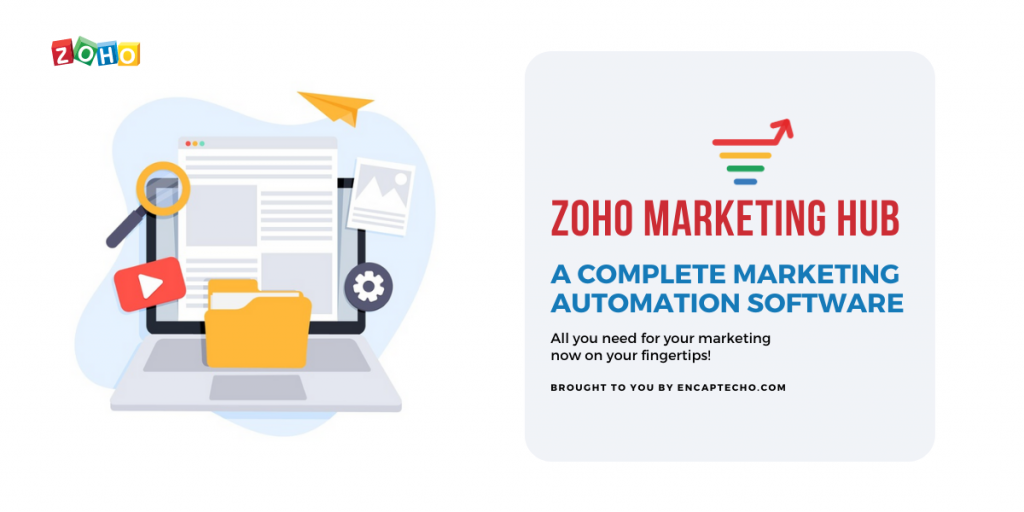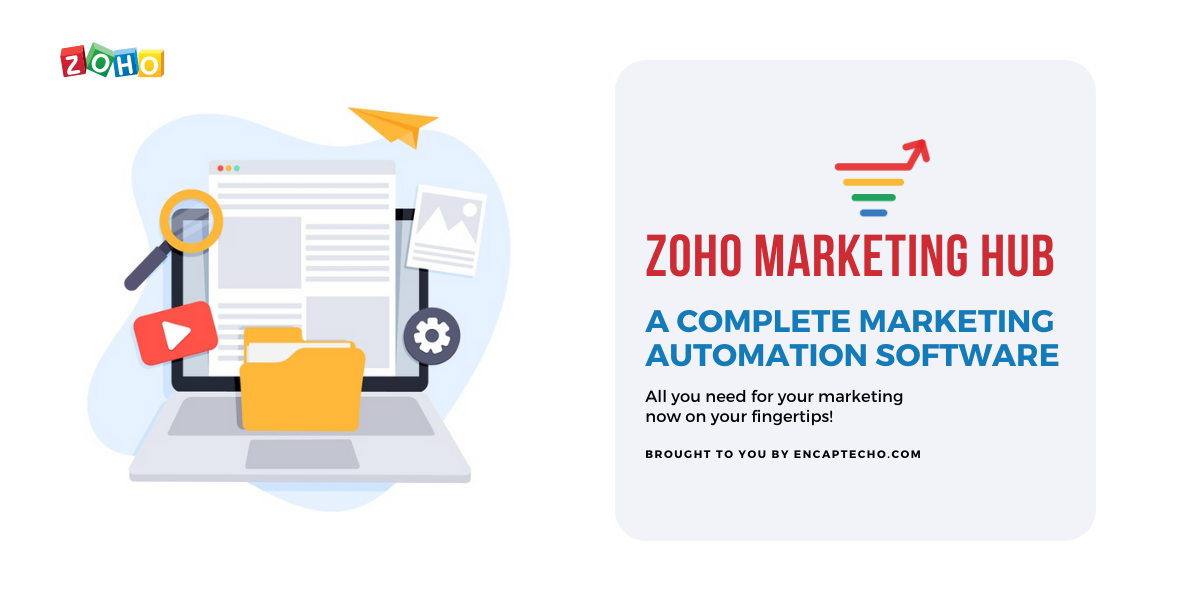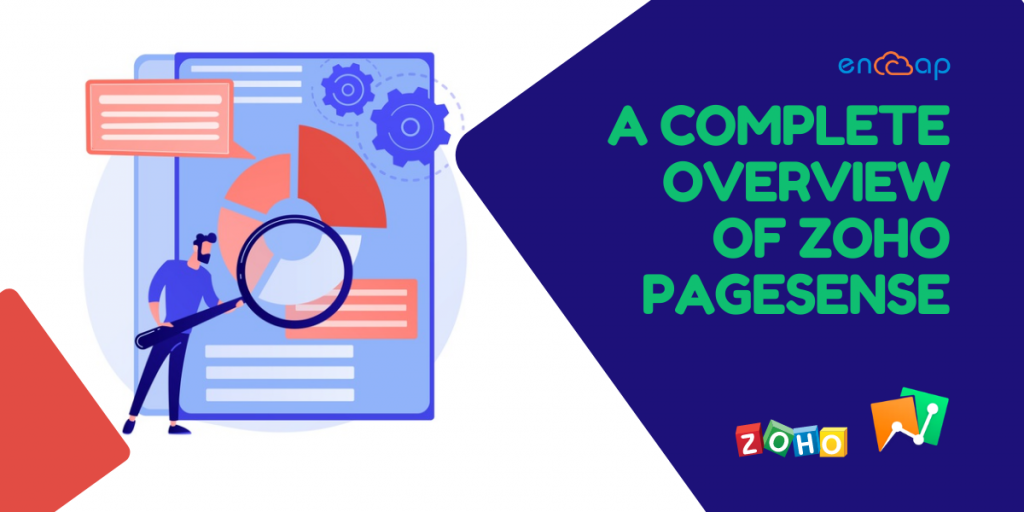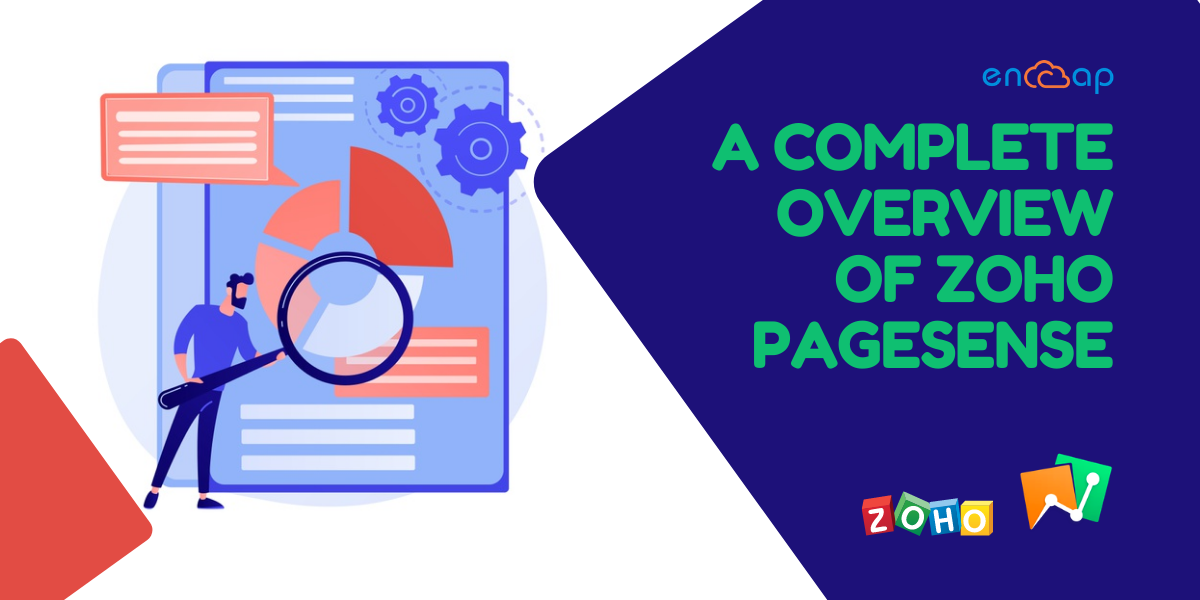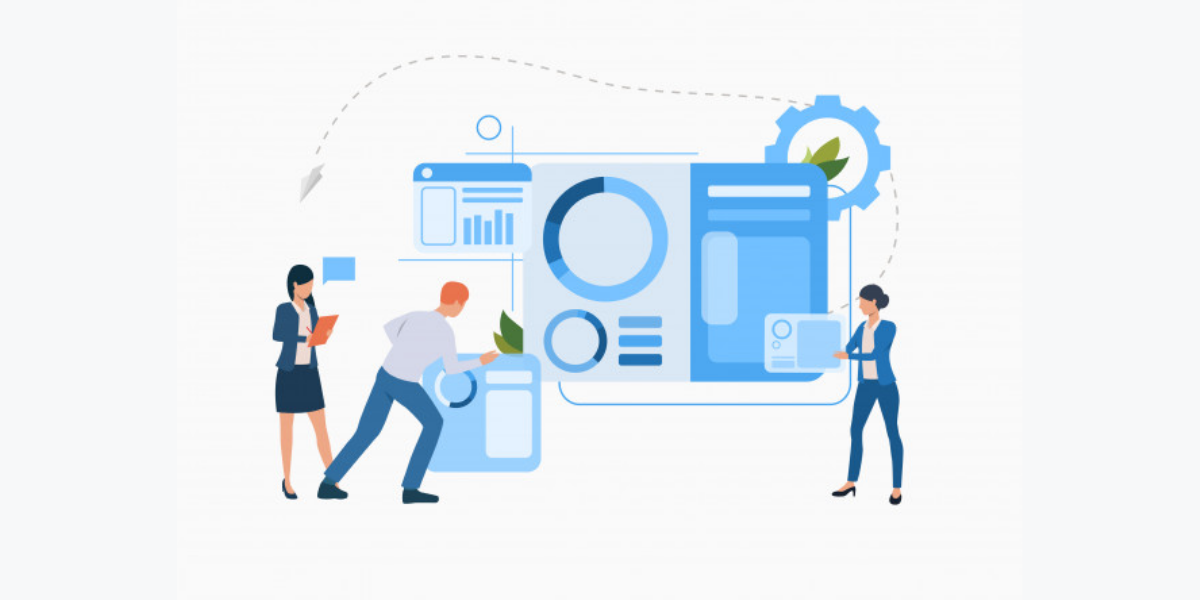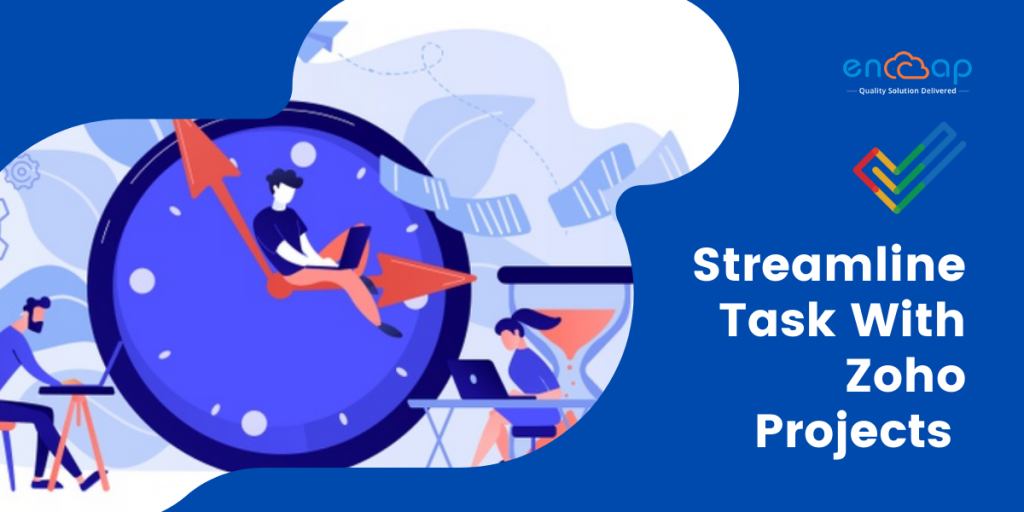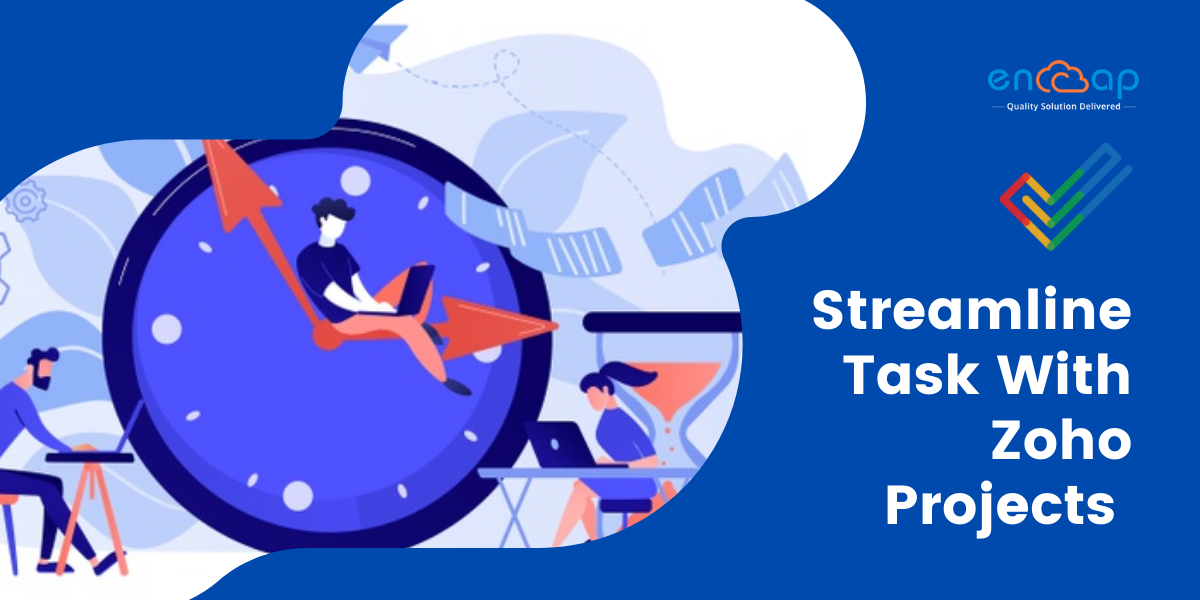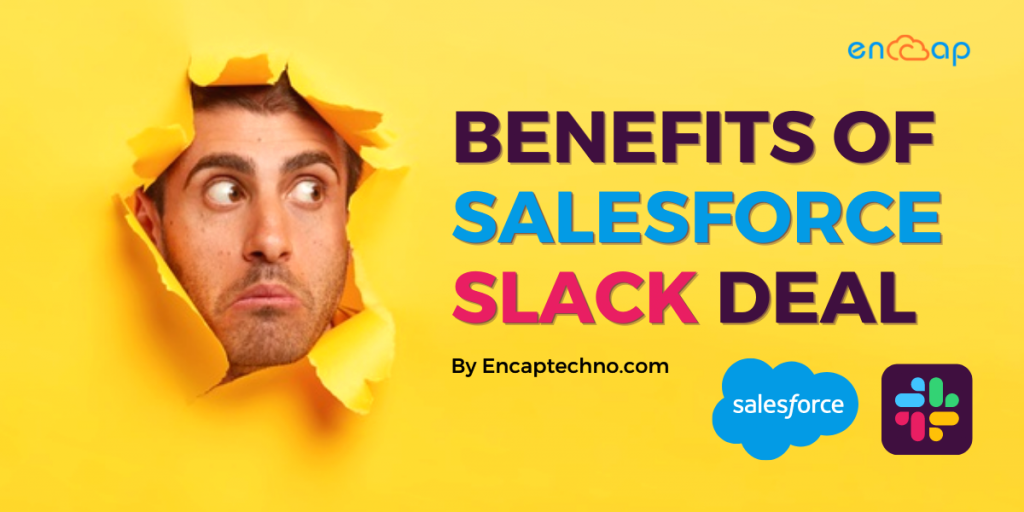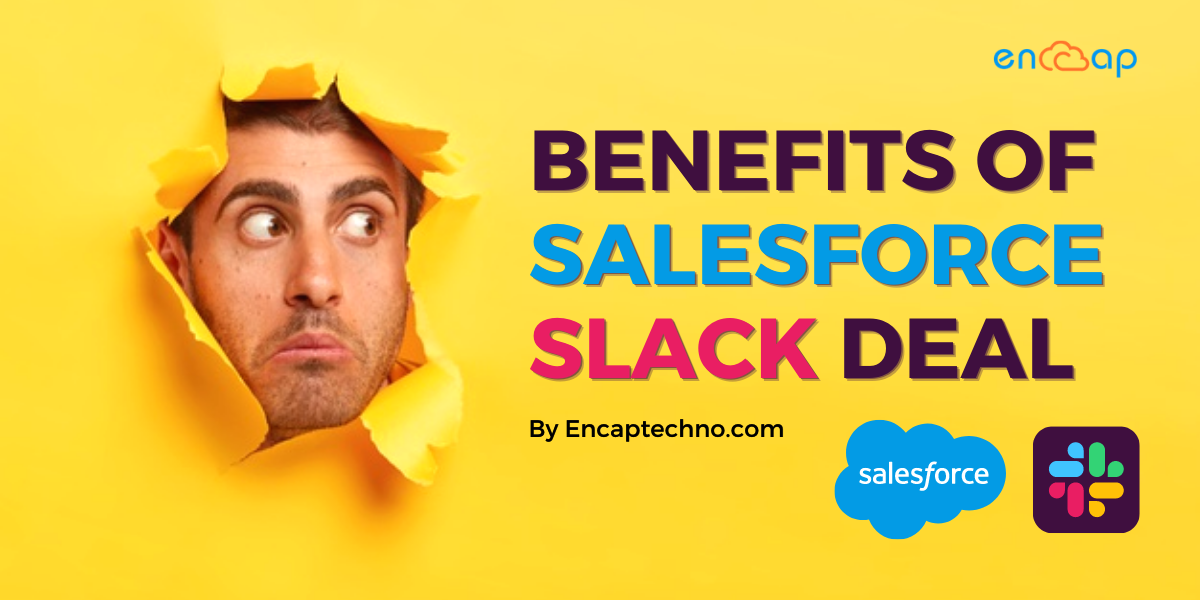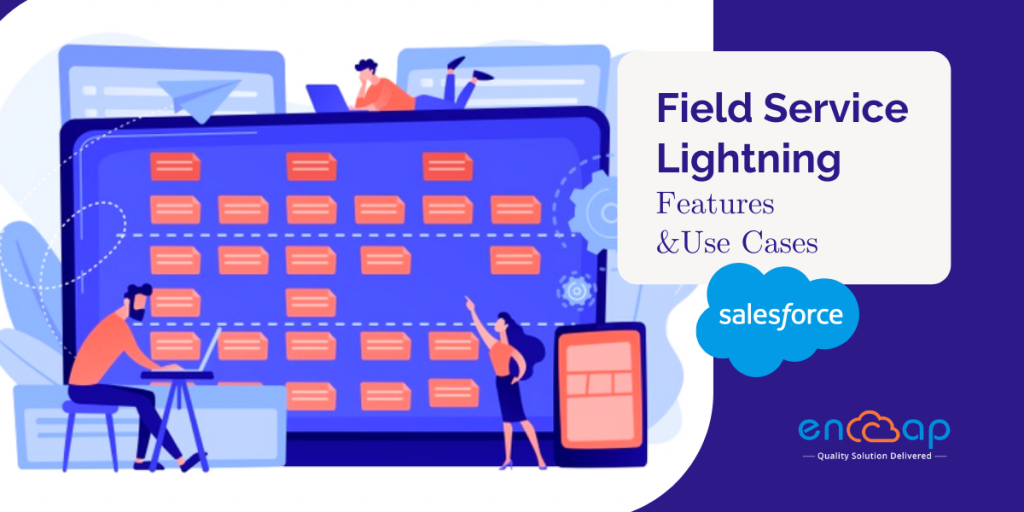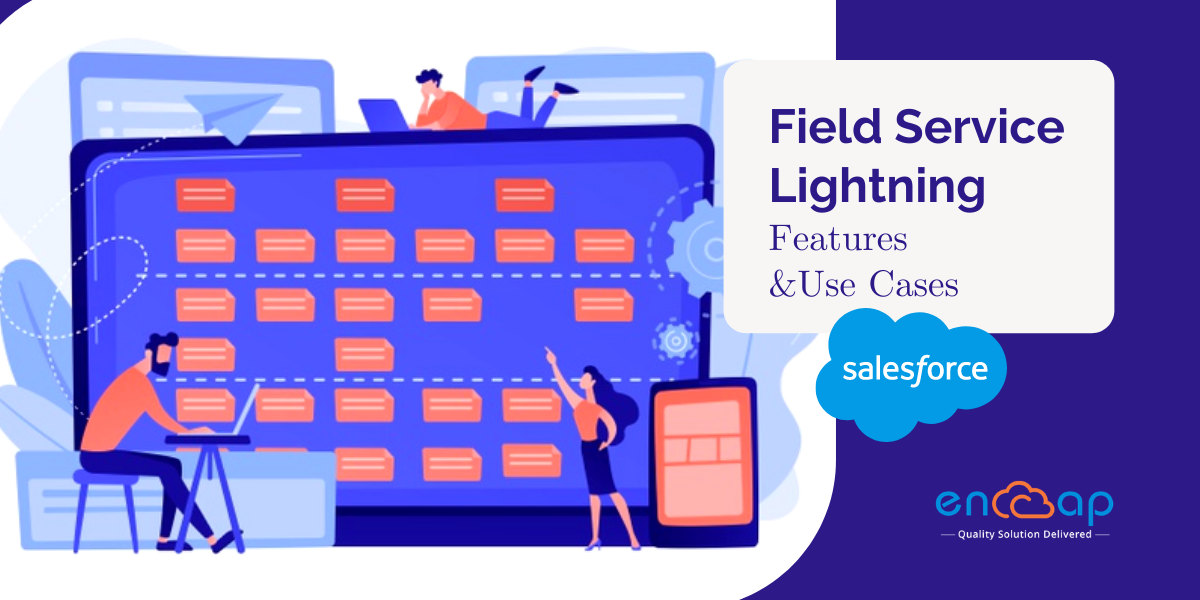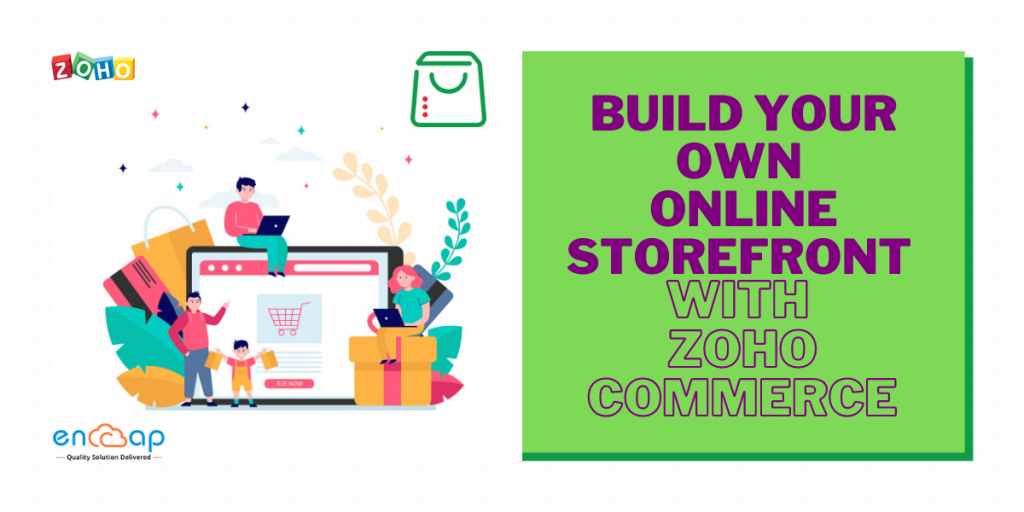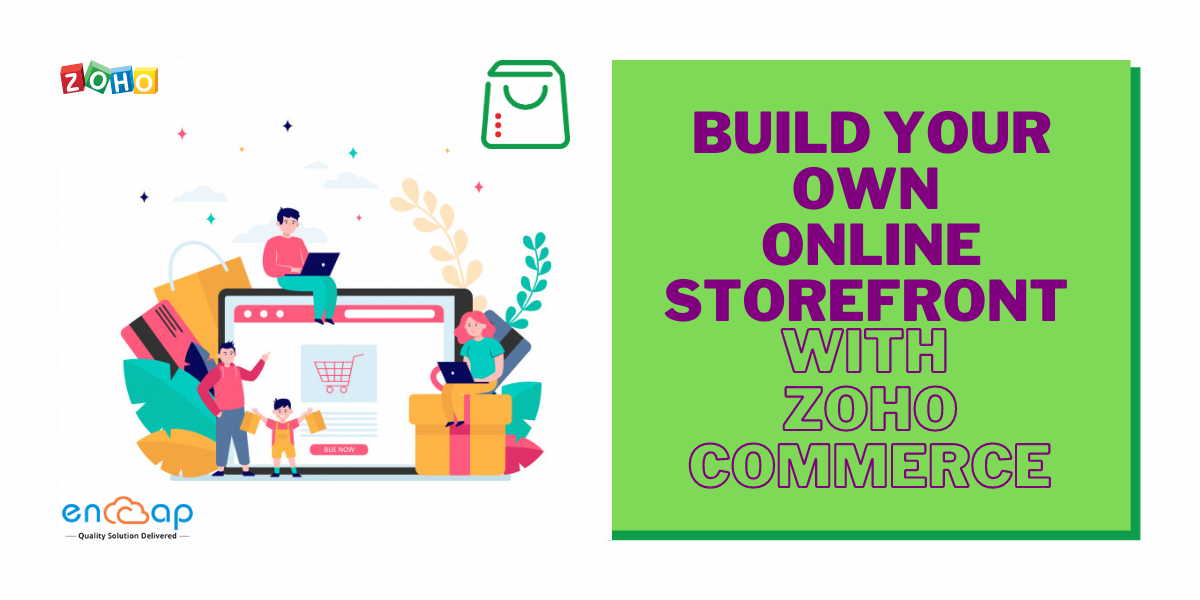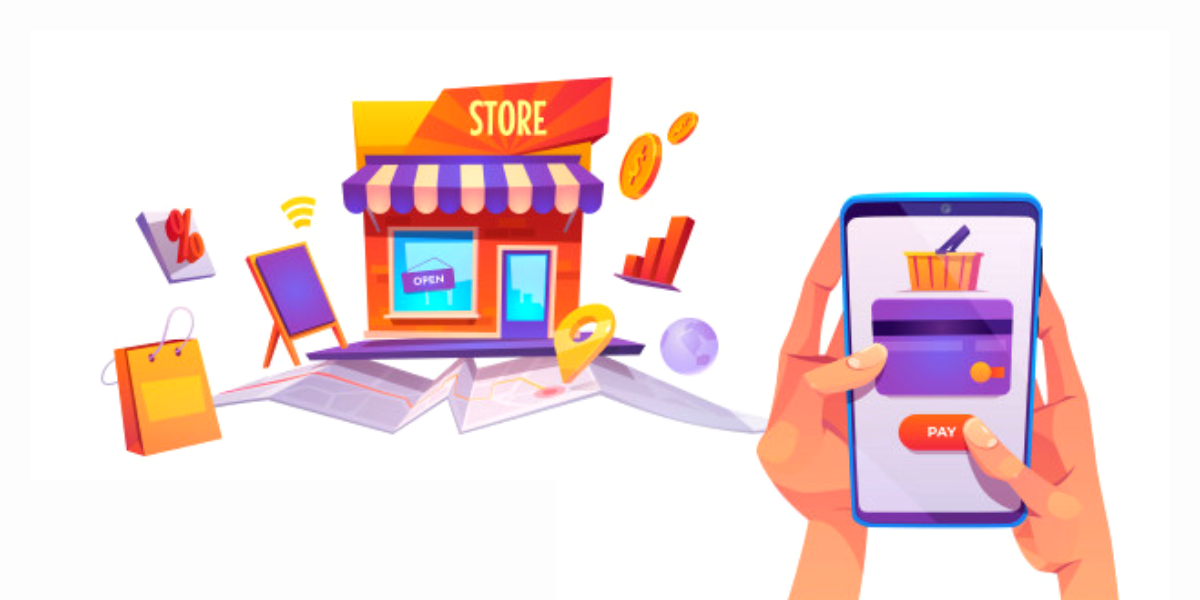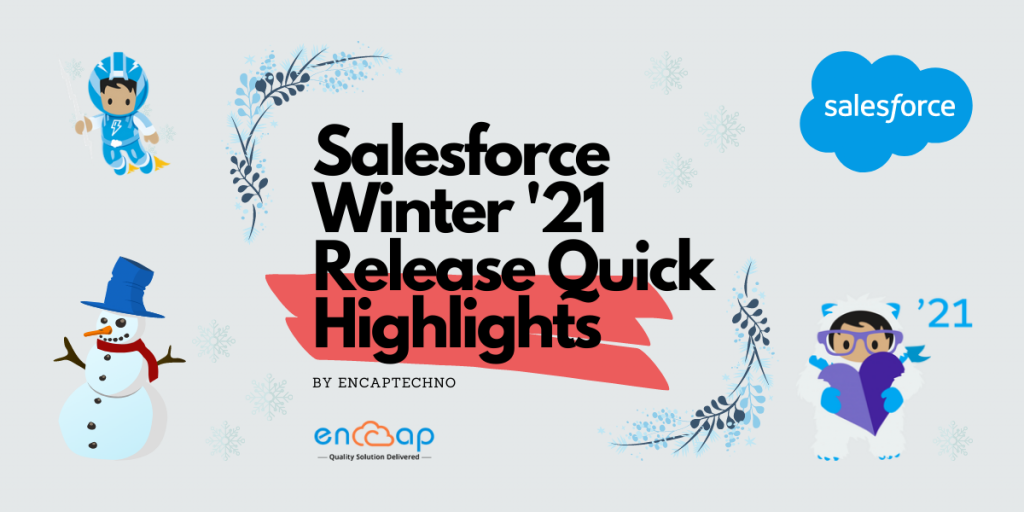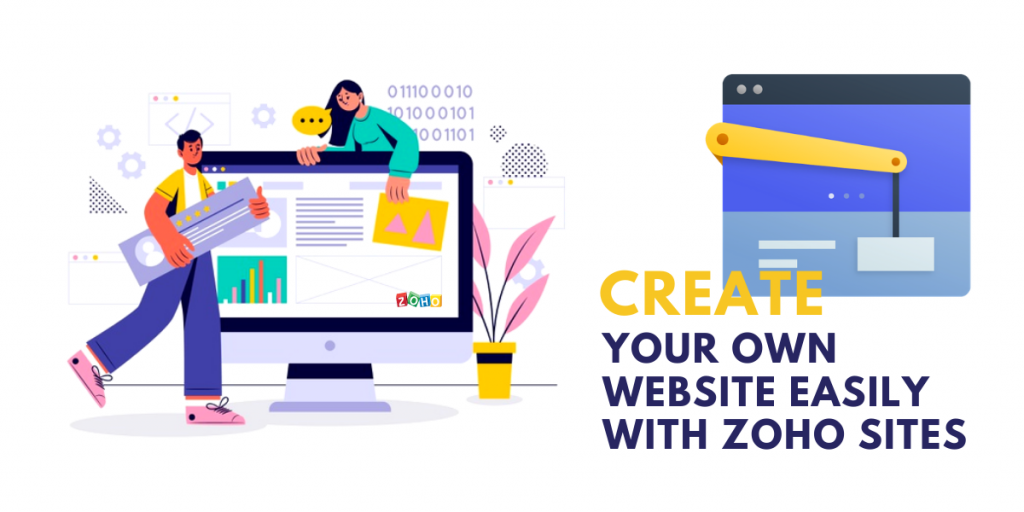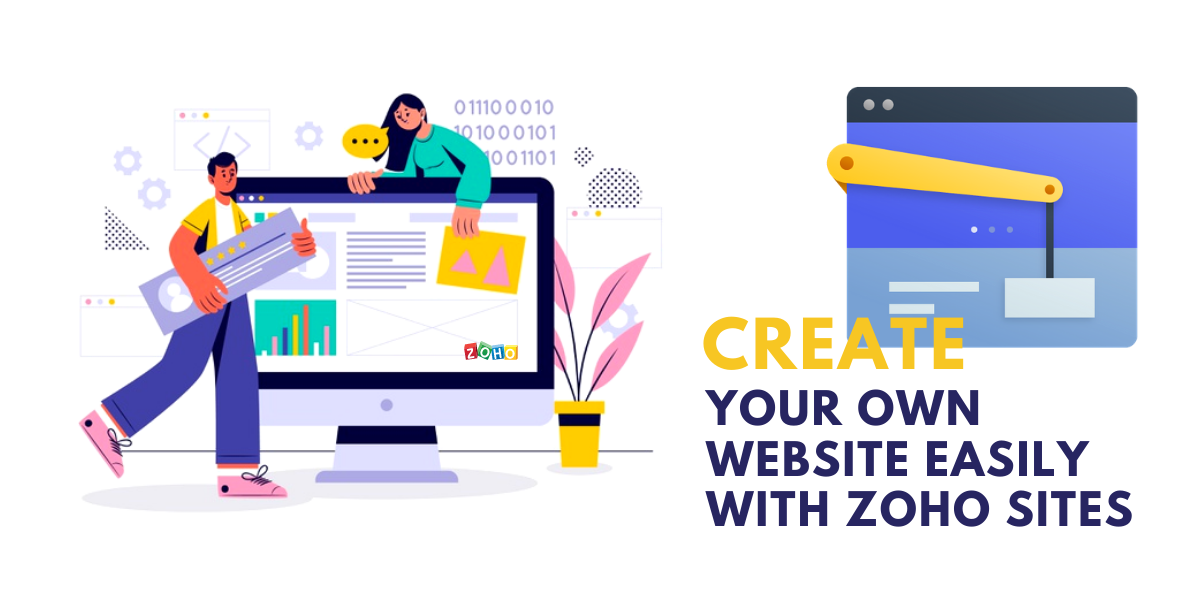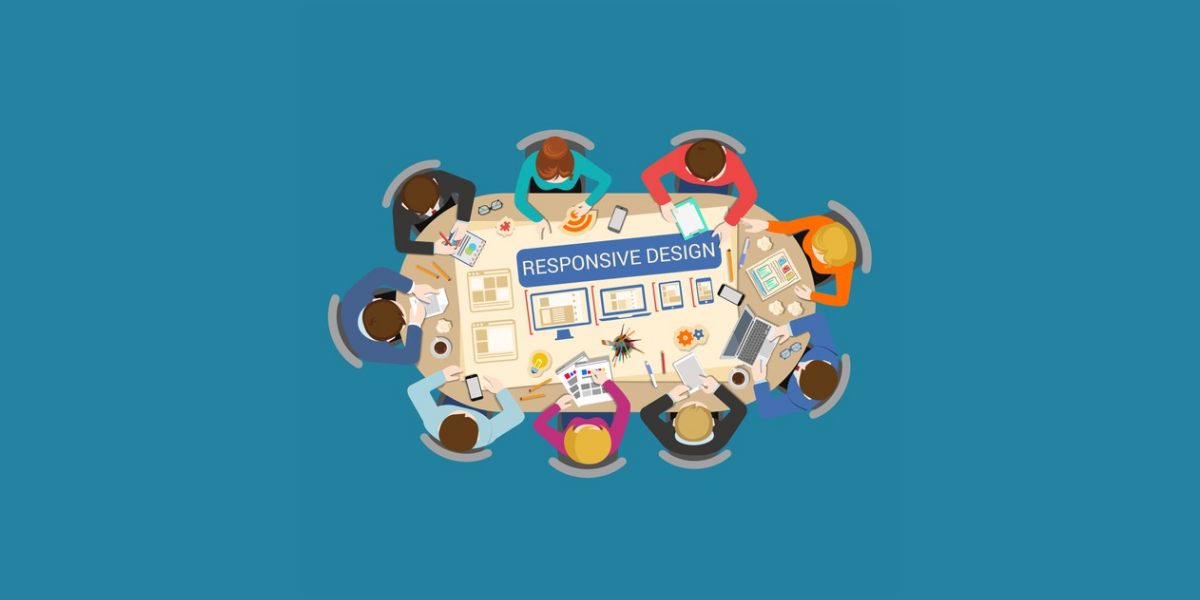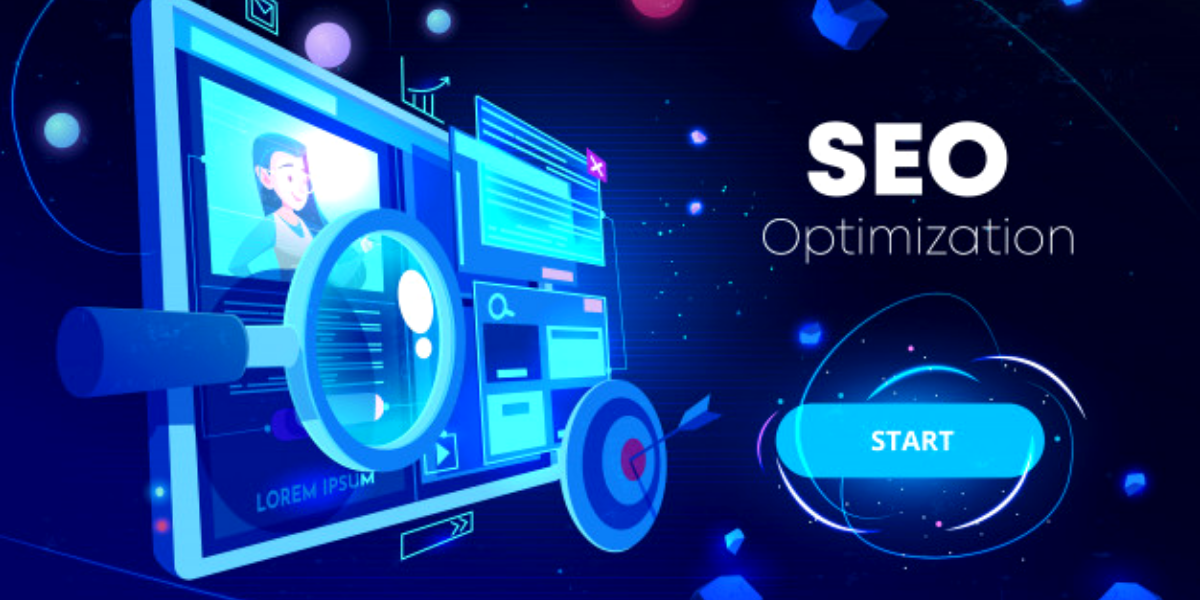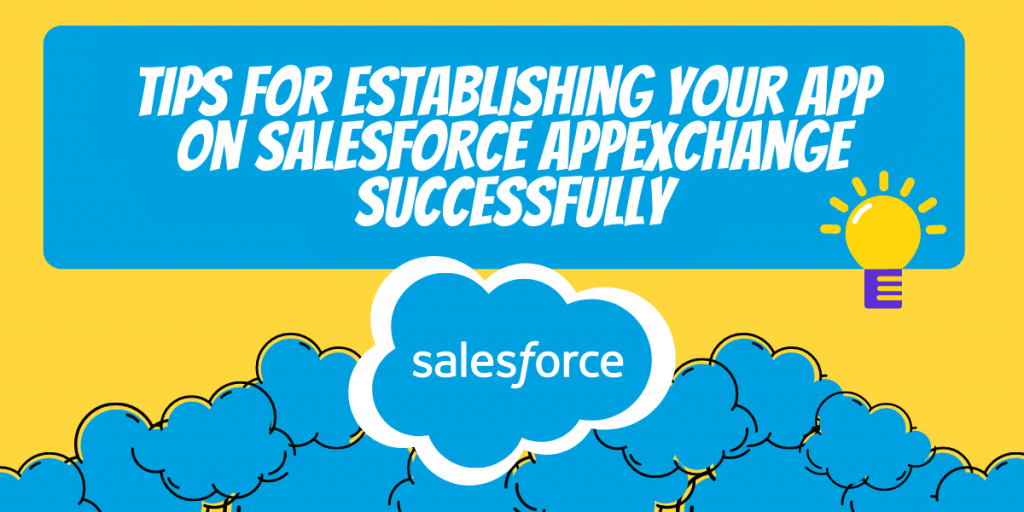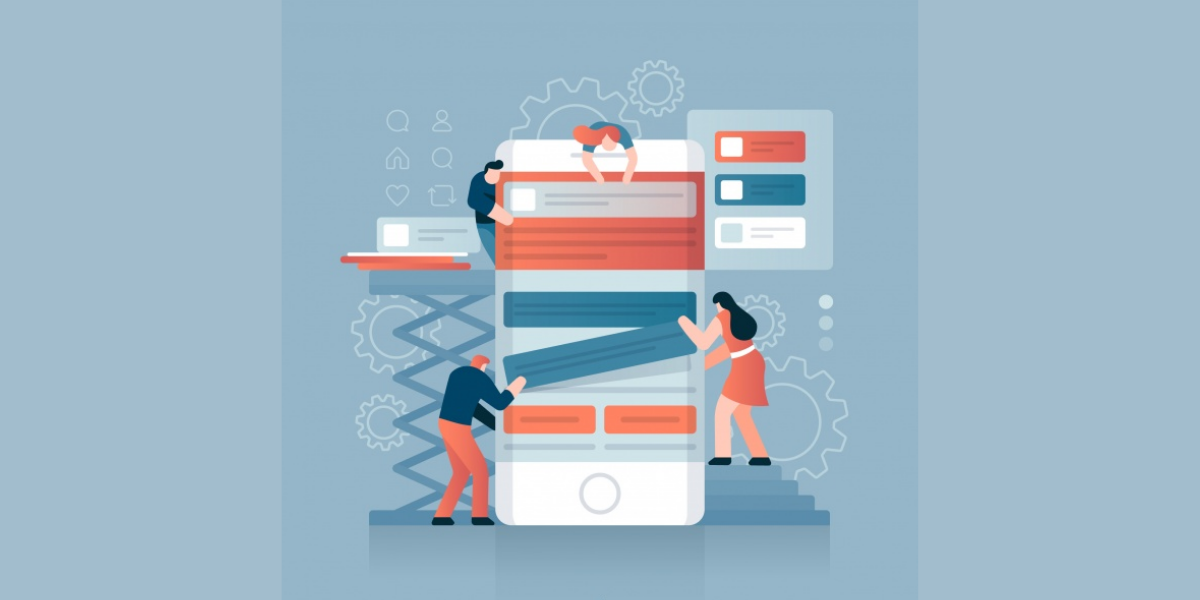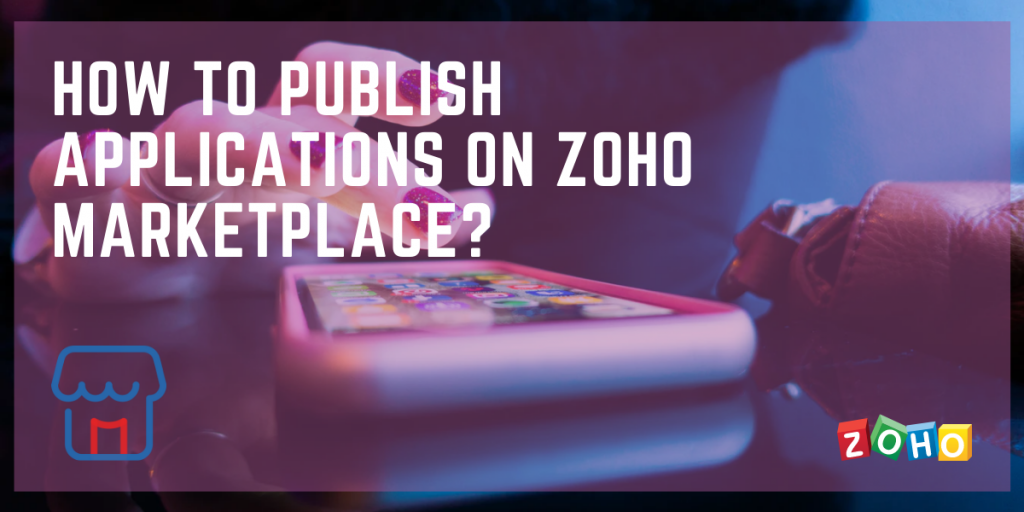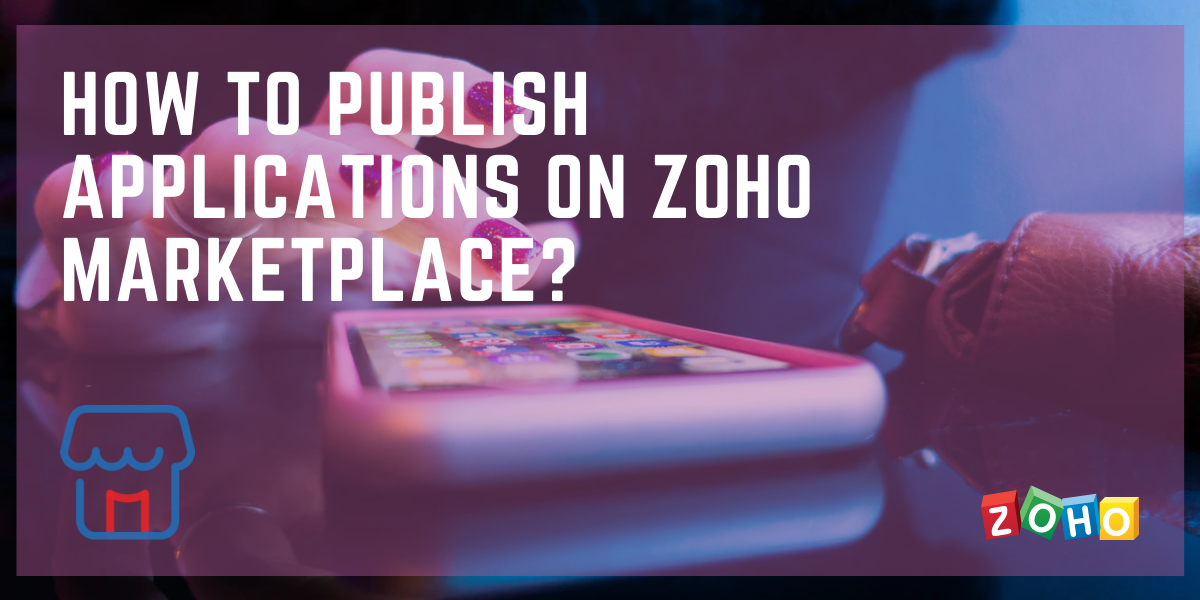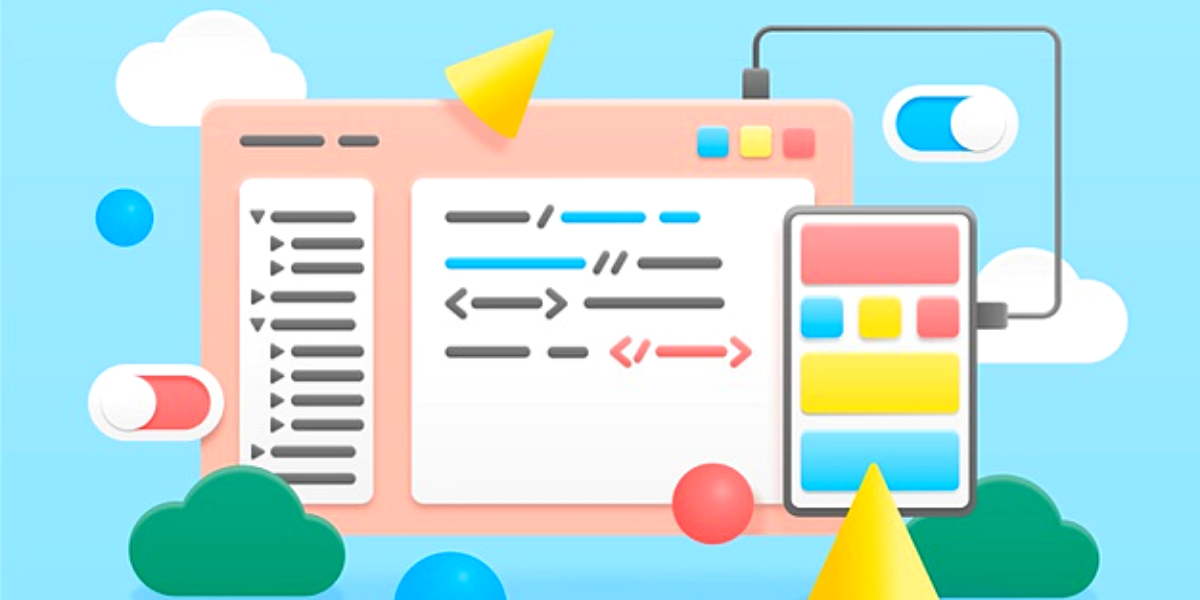Zoho MarketingHub: A Complete Marketing Automation Software
Zoho MarketingHub is comprehensive marketing automation software that enables marketers to successfully monitor marketing activities across all channels. It is possible to generate more leads and convert them into customers while retaining them for a long time with the functionalities of this software.
Besides automating services, the Zoho MarketingHub also monitors the CRM data for various patterns and trends. It is possible to keep track of dozens of performance indicators; MarketingHub can proactively alert a person to potential opportunities or problems.
Generating More Leads with Zoho MarketingHub:
A majority of the value in the automation processes is derived from reducing opportunity costs. This cost for any unfamiliar person is the way to lose an opportunity by focusing on something that doesn’t require attention in particular. The opportunity cost of the paperwork can be extraordinarily high because it is mostly menial and requires very little expertise. This makes it almost perfect for computers to accomplish because they are bad at contemplating things but exceptional at executing defined processes.
When the leads are nurtured and qualified, Zoho MarketingHub enables the sales team to focus on the things that can be used to close deals. This reduces the opportunity cost of any paperwork and other distracting but important tasks that help the marketing team to stay focused.
MarketingHub can also assist in generating more leads with an integrated sign up form and marked opportunities. With the help of detailed tracking, one can get a clear picture of when and why do the visitors leave a website. Knowing this can help in determining the best way to get valid numbers that match and fulfill the business goals.
The sign-up forms can tie in almost directly with the Zoho CRM while feeding the leads directly to a database. Once further automation is available in the database, the results improve significantly. The best thing is that the cost is generated based on the number of leads generated by the MarketingHub because as those leads get generated, the cost scales in proportion to the returns generated.
Predicting Campaign Effectiveness:
MarketingHub keeps track of the marketing efforts significantly. It is possible to get measurable estimates of the return on investment of multiple marketing campaigns. The value and depth of the analysis differ in direct proportion to the quality of the information provided.
For all the users who are deeply plugged into Zoho’s systems, the marketing automation system can produce extremely valuable results. Providing absolute and useful tools for understanding the effectiveness of new campaigns based on the effectiveness of the previous campaigns.
For the small businesses that mostly rely on web advertising, this way of prediction can become extremely useful. Although tools like Google AdWords provide a lot of data to the end-users, the data can become difficult to process and understand. Particularly, the relative importance of some statistics is not well explained by the interface. Rather, users are given an opportunity to do their independent research. This leads to learning what is necessary to accomplish marketing goals.
Zoho MarketingHub also helps in making better sense of the data that is provided by AdWords by producing an easily understandable prediction of success. It utilizes conversion estimates for the keyword-based ads to quickly assess whether or not the conversions of a particular ad make it worth your while financially.
With an advantage of predictions in Zoho MarketingHub, it is possible to make much better decisions and assessments. Applying the marketing budget to the more effective and trustworthy ads while avoiding the weight that often marks the performance of otherwise successful advertising campaigns and marketing strategies.
With the help of Zoho MarketingHub’s built-in support for multichannel marketing, you can reach the clients through email, SMS marketing channels, and social media, all executed and managed entirely from the MarketingHub interface.
Tracking User Journey:
Besides analyzing the marketing plans and automating the common marketing tasks, the MarketingHub also offers a suite of highly powerful and effective analytics tools. Some of the website analytics through user behavior tracking gives detailed insights into user behavior. The MarketingHub also suggests touchpoints that help the users complete their purchase.
For expanding the range of typical marketing analytics platforms, the Zoho MarketingHub takes a particular view through what is called Journeys. This allows for creating a special engagement plan for every lead and also has marketing materials that appeal to specific needs.
Going about this process is manual but exhausting. Fortunately, Journeys are automated based on the unique combination of some attributes in every lead. Based on attributes such as lead source, lead status, and job titles, Journeys can automatically be executed into a multi-channel marketing plan that gives leads for every reason to choose you. You can simply set up a plan for various lead attributes and the Zoho MarketingHub can execute the specified plan for that lead.
With the help of Zoho MarketingHub, it is possible to get marketing automation that works easily. Almost anyone can use it and anyone can set it up. The MarketingHub is a perfect tool to go beyond the basic manual marketing process to an entirely full-fledged marketing automation toolkit.
Custom Email Campaigns Based On Interest:
It is possible to use the behavioral data gathered by the Zoho MarketingHub and send it to extremely targeted email campaigns based on the products or services that the leads are most interested in. Once the leads receive this information, it is even more possible to give them lead scores dependent on how the interaction goes on with the content.
You can tell if the users skimmed the content or really went through it. Furthermore, it is also possible to choose to send the leads that score the highest to your sales team automatically. This ensures that the team does not waste any time reaching out to any lead that is not qualified.
Tailoring the Customer Journey:
You can use Zoho’s Marketing Hub data for modifying the website itself so that the leads can be easily converted quickly and easily. Additionally, it is possible to modify the customer journey not just by the product or service interest, but also by the user persona.
This is something that makes your potential customers much more satisfied with the content and your company on the whole even though they might not know why. When you will look at a list of your customers, you will be really seeing a list of people who trust you entirely. If you think that you have a brand with products and services that pairs well with the ones that your customers have consumed already then you can use Zoho MarketingHub.
The tool provides data that can be used to make decisions about sending more email campaigns, promotions, customer surveys for helping to sell much more and easily.
Marketing Through Multi Channels:
With the help of Zoho MarketingHub, it becomes easy to market with a wide range of marketing channels. Some of the channels that can be used are:
- It is possible to engage the subscribers by sending them some emails, track their responses, and follow up with them accordingly.
- It is also possible to identify, analyze, and refine the touch points all through a customer’s journey and make much better business decisions.
- You can share promotional campaigns on various social media channels for increasing the brand reach and also measure the campaign reach. It also helps to integrate all the required tools for performing multi-channel marketing.
- Zoho MarketingHub integrates with different SMS players and can be used to send relevant and personalized text messages to various audiences.
Implementation of Zoho MarketingHub:
The entire process of implementing the Zoho MarketingHub with the help of expert Zoho consultants will enable you to discover almost anything that the marketing automation by Zoho can offer. To being with, the Zoho MarketingHub makes it simple for everyone to engage with and convert the leads to customers.
Lead management with the help of Zoho MarketingHub allows marketers to design the signup forms for blogs, channels, and websites. Starting the conversions with the pop-ups and on spot, forms help in educating the leads on the brand and further enhances the chances of meetings and conversions.
It is also possible to gather the audience for the informative messages for the follow-ups through a webinar conducted with the help of Zoho MarketingHub. All these tools are designed and made to improve the lead generation process. The leads generated from these sessions and conversions can be synced with the Zoho CRM to facilitate comfortable communication at all times.
Conclusion:
Zoho MarketingHub is essentially Zoho’s answer to some of the big marketing automation giants such as HubSpot. It comes with all the features that make the process of marketing simple and efficient. Other than tracking the click paths and seeing how to convert the web traffic, it is also possible to send email campaigns and launch social posts directly from the application.
Basically, you can get just what you put into it when it comes to the Zoho MarketingHub. Hence, as long as you connect the tool to the website while enabling the important data to flow in, the reports become simple to understand. In case they are not, you can get in touch with the team of Encaptechno and get some expert assistance. We will ensure that you get the maximum benefit out of Zoho MarketingHub.
Zoho MarketingHub: A Complete Marketing Automation Software Read More »
CRM Services
